The biodiversity ‘outsiders’ - the protist gang
What does biodiversity mean to you? The common focus is the loss of rainforests and wildlife conservation, but what about the lesser known, microscopic species?
Protists defy convention. They are eukaryotic microorganisms (containing a cell nucleus) which are not an animal, plant, or fungus. Yet almost all life depends on protists and their critical position; holding-up the bottom of our food chains.
Protists, along with bacteria and fungi, produce most of the oxygen on our planet through photosynthesis. They also play a central role in our environment's nutrient cycle - nature's recycling system - where protists maintain the health of the soils that grow our food, supporting our forest land, farms, and aquatic life.
These microorganisms are easy to overlook, particularly given they’re microscopic. To put the vast entity of protist microbial communities in perspective - our oceans contain 100 million times more bacteria than the number of stars in the universe - and a single teaspoon of soil is home to as many microorganisms as the population of the entire Afrcian continent. They may be tiny but still undeniably important.
As part of our Hidden Biodiversity series, we’ve spoken to one of our protist experts, Dr Sally Warring. Her research into the importance of protists, and how they help protect our biodiverse environments, is giving protists the attention they deserve.
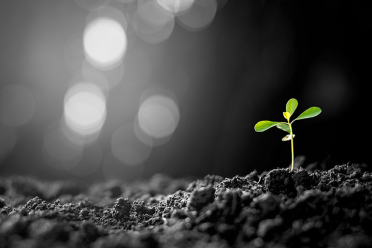

Protists are also primary producers; sucking up carbon dioxide and producing oxygen. It’s estimated that protist communities may produce around 50% of oxygen on Earth.

Protists are vital to our natural ecosystems. Sitting at the base of many food chains, they support a range of organisms and environments.
Protists are very small; they eat bacteria, and some absorb nutrients from the environment. They get eaten by very small animals, such as the larvae of insects, fish, and small invertebrates (and even larger microorganisms).
This is true of pretty much any environment you're looking at. Even with plants living within a complex soil community - with funghi, bacteria and their protists - all three elements contribute to that environment.
Protists are also primary producers; sucking up carbon dioxide and producing oxygen. It’s estimated that protist communities may produce around 50% of oxygen on Earth.
We focus on trees and plants but tend to forget the fact that protists and other microbes, including cyanobacteria (obtaining energy via photosynthesis), are actually producing the majority of our oxygen.
Protists are often important in symbiosis; the relationship or interaction between two dissimilar organisms; and commensals. For example, corals, many of which have an algae protist that lives inside them, lose their symbiotic protist when they are bleached.
There are several plants and organisms like lichens that also have symbiotic relationships with various microbes. Termites, for example, have a whole bunch of protists inside their gut, and would struggle to digest their food without them.
Parasitic protists infect many different animals and plants as well. For example, Phytophthora, is a parasitic protist and the cause of potato blight, responsible for the historic Irish ‘potato famine’. To this day, this genus of protista causes significant crop loss and subsequent economic downturn, as well as environmental damage to natural ecosystems.
Another well-known example is Plasmodium, which causes malaria. There are more than a hundred species in this genus, all of which parasitise the tissues of animal species including insects, birds, reptiles, and mammals including ourselves.
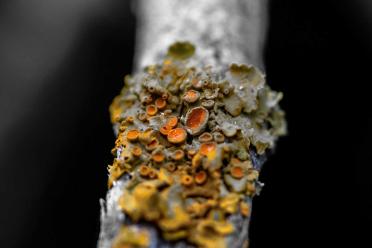
When scientists find new species of protists, they can find it difficult to place them on the ‘tree of life’ because they can represent entirely new lineages of organisms that may be understudied or undescribed. If you find a new animal, one way to place it on the tree of life is to extract and sequence pieces of its DNA and compare it to the DNA of other related organisms, to see which ones it's closest to.
We use exactly the same process when we find a new protist. Sometimes you'll find that it sits nicely in a group of other described protists, but other times you'll find it actually isn't close to anything else that we've already sequenced.
We sometimes call these an ‘orphan lineage’, when you find an organism that doesn't seem to be closely related to any other already described branch on the tree of life.
The most viable reason for this is that we just haven't sampled enough protists. It's unlikely that there's only one organism sitting on this orphan lineage; it's probably got lots of different related organisms, it's just that we haven't found them yet.

The end goal of our protist studies is to generate data; massive data sets that can be used by us and other members of the scientific community as a point of reference to aid their research, as well as pipelines and tools for cell sampling, genome sequencing, and data analysis.

For example, with environmental sequencing, you can take a scoop of pond water and extract all the DNA that’s contained within. This can give reams of sequenced genetic material much of which is derived from protist cells that were living in the pond water.
We know from doing that kind of field work there are lots of additional species of protists out there that not only have we not sampled, but we haven't really described.
This is where our work as part of the Darwin Tree of Life project comes in, to give protists the recognition they need. By not always being aware of what is there, we’re not confident that we can really understand what protists’ roles are in the environment.
We also want to know about evolution; how organisms on earth relate to each other and what that can tell us about the evolutionary process? Protists are a massive part of this. If you're missing members, then it's harder to understand how evolution has progressed and certain species’ lineages.
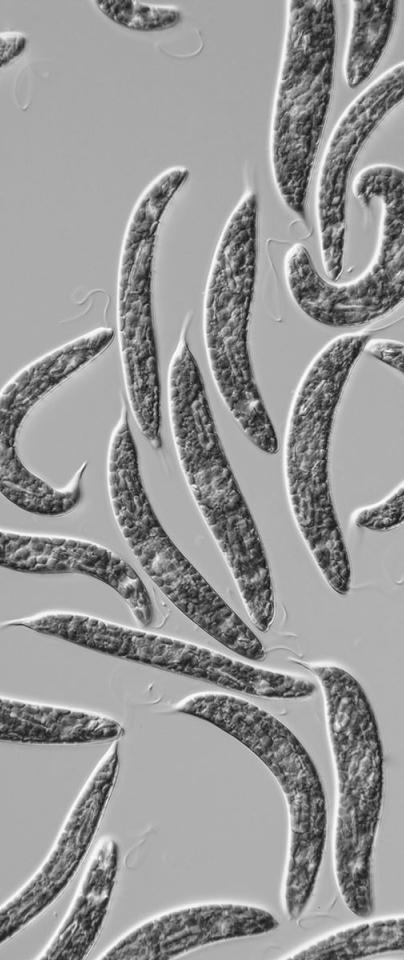

For me, talking about biodiversity loss means raising greater awareness of the things we can’t see; most biodiversity is microbial and we need to understand this better so we can help protect all life on earth.

With their small structure and close relationship to the environment, protist biomass plays a massive role in CO2 and oxygen cycles. However, we don’t yet know how these microscopic communities will change and respond to the fluctuations that come with climate change. The temperature of the ocean might change, as well as the water’s acidity, which will all influence protists.
Generally, the colder ocean areas tend to have higher diversity of certain types of protists. With ocean warming, and many protists being photosynthetic and living off CO2, increased temperatures will likely change the balance of freshwater and marine ecosystems - potentially reducing the universal number of protists in different organism communities.
From our chat with Sally, we looked further into the subject of protists and climate change and found that it has been recorded that it’s already affecting protists living under sea ice in the Arctic. Protist biomass is one of the primary energy sources for all organisms higher up the marine ecosystem food chain, and critically, pulls CO2 from the atmosphere to reduce greenhouse gas pollution.
These protists are hardwired to the Arctic’s environmental conditions, so when the sea ice bed melts and reduces in surface area due to climate change, this causes a serious problem for all protists and ocean diversity. Having access to such trends and predicting future changes in protist communities is therefore vital for Arctic ecosystems, and decreasing CO2 emissions.
There has been some increased greening of the world (vegetation lands) with rising CO2 in the atmosphere, which means protist communities will also be affected. We need to know more on what this means for oxygen and CO2 cycles and the warming of the planet.
There has been key research, which has collected detailed records of protist communities using modern genomics methods. However, we probably don’t have long enough records, at most, we have about ten years using these methods to fully understand how protist communities may be changing over time and in response to climate change.
The protist community changes quite a lot over the seasons. Many protists, particularly the photosynthetic ones, are sensitive to hours of light and temperature.
For example, again with the bleaching of coral, the thousands of coral polyp animals that make up the reef live in a codependent relationship with protists, single-celled algae that live within their tissues. The algae provide many important compounds for the coral, such as glucose, glycerol, and amino acids and if the ocean’s temperature rises or the water’s acidity increases (upsetting its PH balance), the coral becomes stressed and spits out the protists they need to survive.
Seaweeds are another familiar and ecologically important protist; kelp beds provide a core habitat for lots of marine animals and plants, which are likely to be affected by changing ocean conditions. Even around the UK coast, there's plenty of kelp beds that are needed to support seals, fish, shellfish, and other ocean life.
Hopefully, what we’ll achieve from our work with the Darwin Tree of Life project is a much better understanding of protists and their environment. With this, we can see what they're doing, how they're contributing to biodiversity, and, over time, changes in their activity.
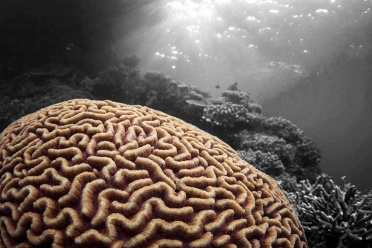
Our protist project as part of the Darwin Tree of Life initiative is unique in that, out of the 60,000 species that are being sequenced, there are only around 500 described protist species on that list. Yet there are thousands of undescribed protist species in the UK - not only is our project sequencing those described species, it’s also acting as species discovery.
We have a team working with us at the Marine Biological Association in Plymouth who are taking samples from the marine sites, and a team at the University of Oxford who are taking samples from several freshwater habitats. These samples are first processed at the University of Oxford, then sent on to us for sequencing and further analysis.
We also work with Culture Collection of Algae and Protozoa in Scotland, who keep a whole lot of protists in culture collections, and many are already well-described protists and have been collected from within the UK. These protists are being sequenced at the Sanger Institute in Cambridge.
We’re hoping that we’ll greatly increase our understanding of how many protists are present in various UK environments, including marine and freshwater. When people talk about biodiversity, I always feel like it’s great but they’re only ever talking about the plants and animals, not microbes, which include all protists.
For me, talking about biodiversity loss means raising greater awareness of the things we can’t see; most biodiversity is microbial and we need to understand this better so we can help protect all life on earth.
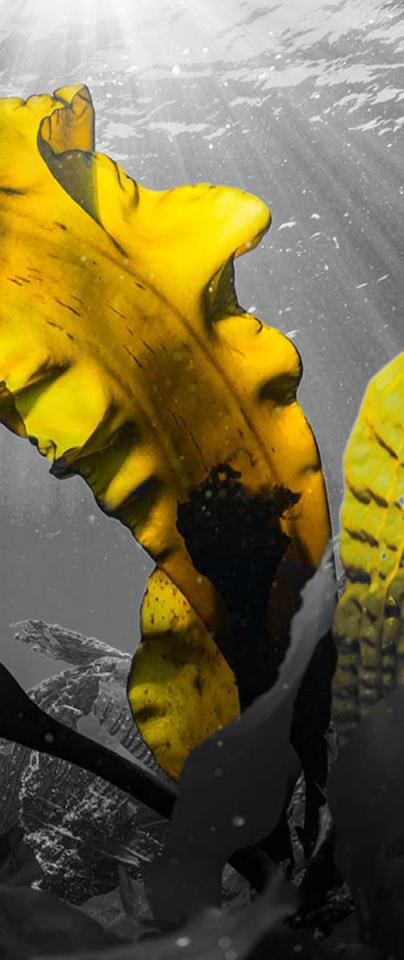

Seaweeds are another familiar and ecologically important protist; kelp beds provide a core habitat for lots of marine animals and plants, which are likely to be affected by changing ocean conditions.

I would like our research to produce tools that allow us and the wider scientific community to more easily understand how many different protists - there are in any given environment, and to monitor these communities over time with greater accuracy.
With metagenomics, analysing genetic material drawn from environmental samples, you can end up with a whole lot of unknown sequences coming from microorganisms that have not yet been described. As part of our research, I would like to try and identify a few more of these unknowns.
To do this, we're isolating protist cells straight from the environment and then attempting to sequence their genomes.
One of the problems with metagenomics is that you sequence a mixed load of cells and then you've got to look into that data and try to separate out the different species that are present. This can be difficult to do, computationally.
What we're trying to do is split those cells before we sequence them. By separating them first, we can more easily identify which cells are made differently. This gives us easier access to the many different species represented in those cells, rather than trying to do it after sequencing - which can be very difficult.
The end goal of our protist studies is to generate data; massive data sets that can be used by us and other members of the scientific community as a point of reference to aid their research, as well as pipelines and tools for cell sampling, genome sequencing, and data analysis.
We want to understand these particular kinds of protist datasets; genomes of microorganisms that can be used in a variety of different ways. This gives us a better understanding of what's there, so we can successfully monitor how our environments are different from one another and how they change over time and space.
Studying protists may give us the ability to understand what's going on with these microbes and how this will influence our environment. We’re more and more aware that climate change is a rapidly unfolding reality and, in terms of preserving protists, there’s very little information about how that's going to work.
With sustaining and promoting biodiversity, we have loose ideas about what's going to happen with microbial communities in the face of climate change. This is something that the protist and microbial community is always trying to push as part of research funding, so we can progress these imperative studies in response to the global climate emergency.
You can find out more about Protists and follow Sally's research by tuning into her successful Instagram account (@pondlife_pondlife) where she regularly showcases her pondlife finds.